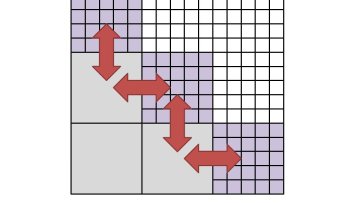The geometry of constant mean curvature surfaces in Euclidean space
Abstract
In this talk I will begin by reviewing classical geometric properties of constant mean curvature surfaces, H>0, in R^3. I will then talk about several more recent results for surfaces embedded in R^3 with constant mean curvature, such as curvature and radius estimates. Finally I will show applications of such estimates including a characterisation of the round sphere as the only simply-connected surface embedded in R^3 with constant mean curvature and area estimates for compact surfaces embedded in a flat torus with constant mean curvature and finite genus. This is joint work with Meeks.


